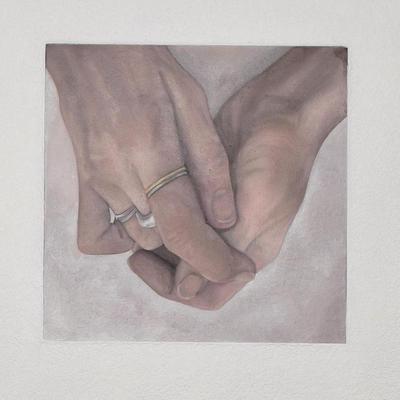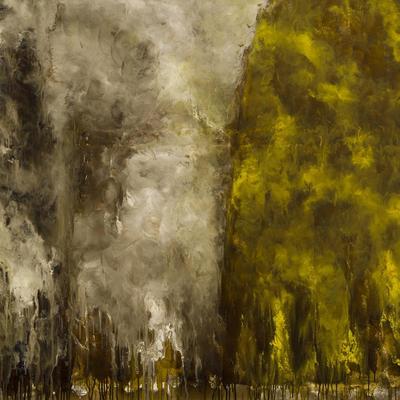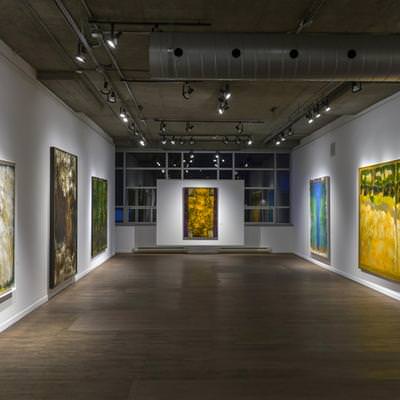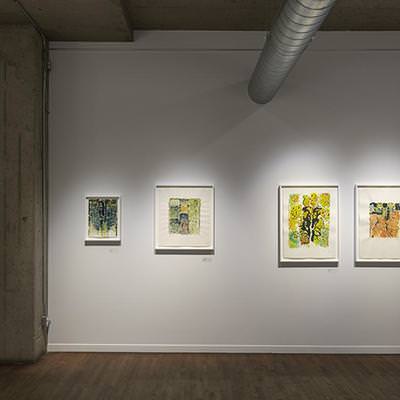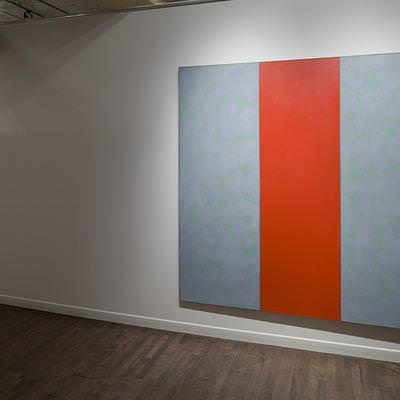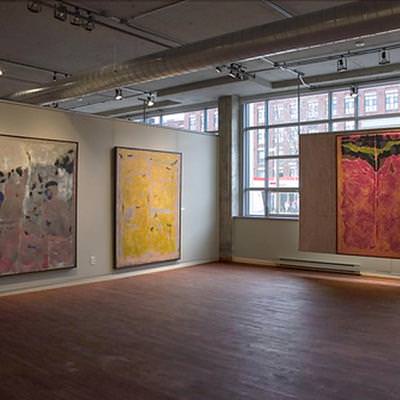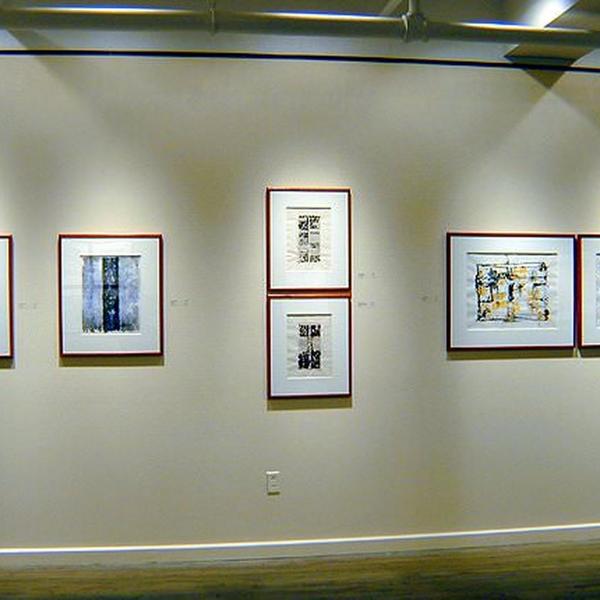After completing a university degree in pharmacology, Jean McEwen (1923–1999) went on to work in that profession, but without any great enthusiasm. In the late 1940s he met Paul-Émile Borduas, who encouraged him to follow his true passion—painting—and in 1947 McEwen decided to devote all his energies to becoming a practitioner of that art. The rest, as they say, is history.
Even so, Jean McEwen was a poet before he became a painter, and the titles of his works were imbued with poetry until the very end of his life. Like his role model Paul Gauguin, McEwen dedicated himself to learning how to draw and paint on his own. Following a long career during which his work was exhibited in both Canada and the United States, he started on a series of paintings grouped under an inspired title—Poèmes barbares. There was an amusing story behind it: in 1997, a collector asked Simon Blais to show her some of the artist’s recent paintings. She then exclaimed that they had “couleurs barbares”: barbaric colours. Once the story had been related to McEwen, he decided to use the term to name the new, soon-to-be-renowned series of paintings, mainly executed in 1998, Poèmes barbares.
The exhibition Jean McEwen – Poèmes barbares brings together a dozen oil-on-canvas works in a celebration of the 20th anniversary of the creation of this legendary corpus, which marked the artist’s return, following on in the tradition of the master Gauguin and the Nabis painters, to colour.
On the occasion of this exhibition, Jérémie McEwen, artist's son, write a letther to his father. Click hereto hear him. (in french only)
